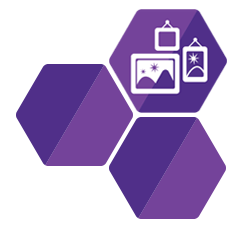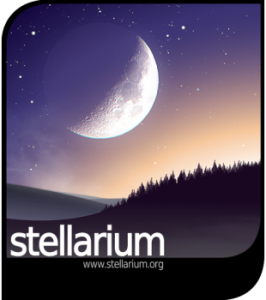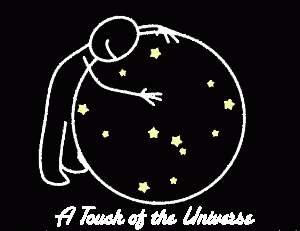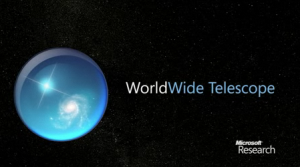Resources
 |
Stellarium On this free open source planetarium allows the user to explore cosmic light from a realistic sky in the comfort of your own computer, just like the one we see with the naked eye, binoculars or a telescope. |
 |
 |
Celestia This free space simulation lets the user explore our universe in three dimensions, travel throughout the solar system, and even beyond our galaxy. Experience at close the objects from which cosmic light one can only have a glimpse of back here on earth. |
|
 |
3D Tactile Moon This tactile 3D model of the Earth’s Moon aims to help blind and visually impaired to learn about the main features on the surface of the Moon. All users will be able to reproduce, by touch, the wonderful experience that the cosmic light reflected from our closest neighbours has on us. |
 |
 |
WorldWide Telescope This is a rich visualization environment that functions as a virtual telescope, bringing together cosmic light imagery from the best ground- and space-based telescopes to enable seamless, guided explorations of the universe. |
 |
 |
Salsa J This free, student-friendly software allows students to display, analyse, and explore the cosmic light from real astronomical images and other data in the same way that professional astronomers do, making the same kind of discoveries that lead to true excitement about science. |
|
 |
Planetarium Show: The Sky in Your Hands This planetarium show is designed for people with visual impairments that makes use of sounds with the support of tactile elements, which can be easily adapted to different types of planetariums creating an image of the Universe as close as possible to the real world. |
 |
 |
Extrasolar Planets Lab This virtual lab introduces the search for planets outside of our solar system using the Doppler and transit methods. It includes simulations of the observed radial velocities of singular planetary systems and introduces the concept of noise and detection enabling to explore the light that reaches us from extra solar planets. |
|
 |
ESA’s Fleet Across the Spectrum With this poster you’ll be able to explain and discover with your students ESA’s main astrophysics missions and their observational coverage across the electromagnetic spectrum. |
|
 |
The Sky at Your Fingertips Aimed at visually impaired users of all ages who wish to set off on a fascinating journey among the planets, comets and galaxies and discover the wonders within the Universe through images that have been converted into a printing format. |
 |
 |
From Earth to the Universe Tactile and Braille poster image series accessible to both visually impaired and sighted readers. The materials present celestial objects as they appear through visible-light telescopes and in different spectral regions that are invisible to the naked eye. |
|

Some great and informative resources!
This interactive web page on light pollution may be worthy of inclusion too: http://www.hillarys.co.uk/skyglow/
Dear Luke, this was an interesting study. However, the study seems biased because the satellite data used might be no sensitive to LED lighting and to study skyglow measure consider surface light is not sufficient – according to the footnote by Sandeep Matharu, manager of Hillarys.